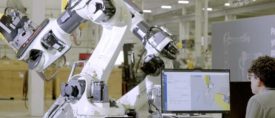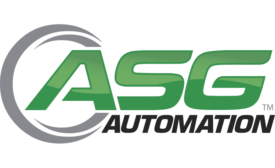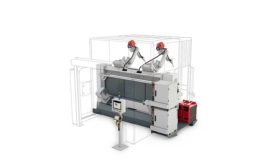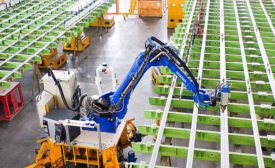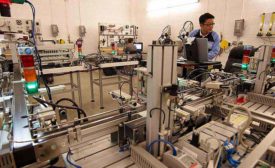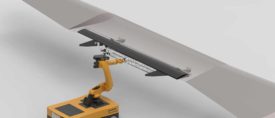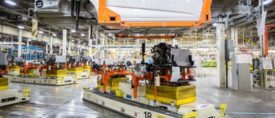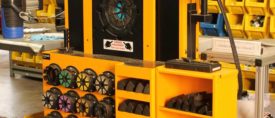Home » factory automation
Articles Tagged with ''factory automation''
Improved technology has empowered end users and made robots less intimidating.
Read More
advertisement
When to Automate: A Closer Look at the Most Frequent Automation Applications
December 5, 2022
Capital Spending Survey 2022: Assemblers Continue to Invest
Buoyed by efforts to boost domestic production of EVs and electronics, manufacturers are investing in their assembly operations.
December 1, 2022
Screwdriving Gripper Mimics Two-Handed Assembly
Researchers have developed a single end-of-arm tool that can simultaneously hold a part in place and install it at the same time.
November 29, 2022
Autonomous Mobile Manipulators for Aerospace Assembly
A new approach for assembling composite aerostructures uses autonomous mobile robots and lightweight assembly jigs that compensate for deformation.
November 29, 2022
Conveyor-Less Micro Factories for Urban Car Production
Automakers don’t need conveyors to transport vehicles on assembly lines - the vehicles can move themselves.
November 28, 2022
Smart Factories: Here and Now
Highly automated smart factories are no longer a pie in the sky concept.
November 23, 2022
Never miss the latest news and trends driving the manufacturing industry
Stay in the know on the latest assembly trends.
JOIN TODAY!Copyright ©2024. All Rights Reserved BNP Media.
Design, CMS, Hosting & Web Development :: ePublishing
